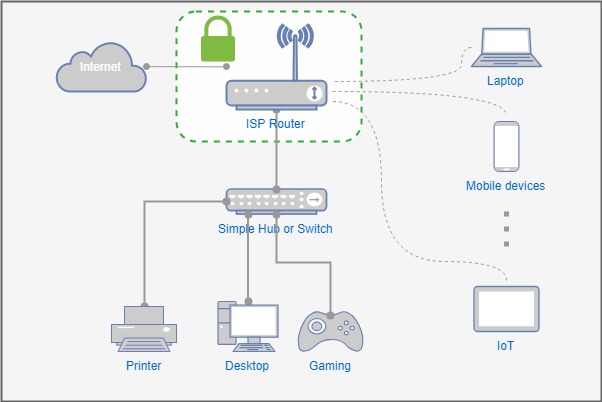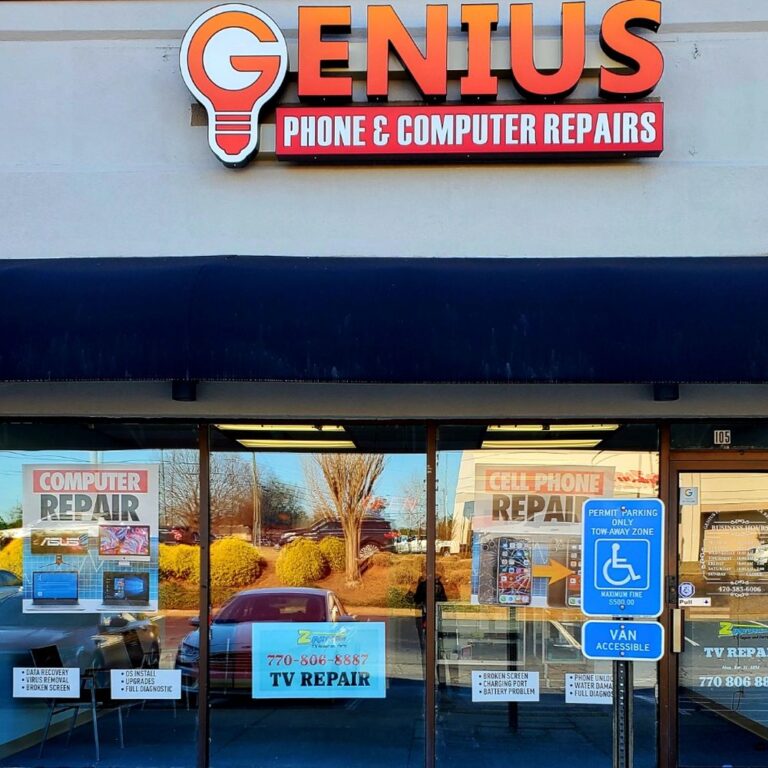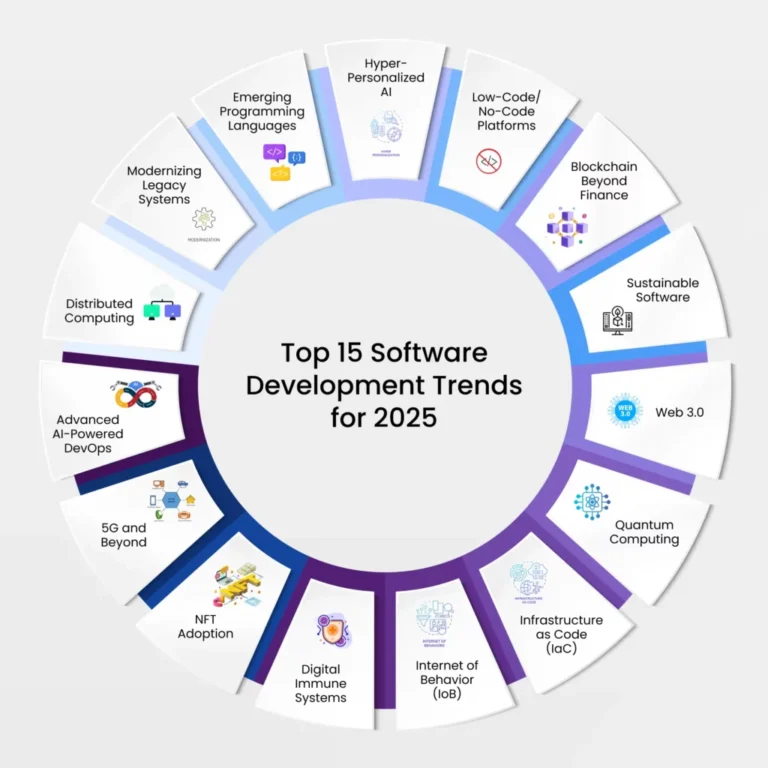Uses of Biometric Technology in Daily Life: Where Security Meets Convenience
Biometric technology is no longer reserved for spy movies or high-security labs it’s embedded in the devices and services we use every day. From unlocking phones to verifying payments, biometrics offers a seamless way to identify individuals based on unique physical or behavioral traits. Its growing presence in daily life stems from the need for faster, more secure authentication that doesn’t rely on passwords or PINs. Whether you’re a tech enthusiast, a security-conscious consumer, or someone curious about emerging technologies, understanding the uses of biometric technology in daily life helps you navigate a more connected and secure world.
Your Face Is the Key: Facial Recognition in Consumer Devices
Facial recognition has become a mainstream feature in smartphones, tablets, and even laptops. With just a glance, users can unlock their devices, log in to apps, or authorize transactions. Apple’s Face ID and Android’s facial unlock systems rely on infrared sensors and machine learning to map facial features accurately even in low light or with slight changes in appearance. In airports and border control, facial recognition speeds up identity checks, making travel more efficient. Retailers and advertising platforms are also experimenting with facial analysis to personalize customer experiences.
Fingerprint Scanning: The Most Common Biometric Tool
Fingerprint scanning remains one of the most widely used biometric methods, thanks to its accuracy, simplicity, and affordability. From smartphones and smart locks to time-tracking systems at workplaces, fingerprint sensors provide a quick and secure way to verify identity. In banking and fintech, fingerprint authentication adds a second layer of security for online transactions or ATM access. With devices like biometric USB drives and laptops with embedded fingerprint readers, personal data protection becomes more user-friendly without compromising security.
Iris and Retina Scanning: Eye-Based Access to High-Security Spaces
Though less common in consumer devices, iris and retina scanning are increasingly used in environments where precision and security are critical. These eye-based biometric systems map the unique patterns in your iris or blood vessels in your retina. Airports, research facilities, and government institutions use them to restrict access to sensitive areas. Some smartphones and smart home systems are also beginning to incorporate iris scanning for authentication. While less invasive than it sounds, this technology offers high accuracy and is difficult to replicate or spoof.
Voice Recognition: Talk Your Way Into Smart Devices
Voice recognition is another growing area of biometric tech with everyday applications. Virtual assistants like Alexa, Siri, and Google Assistant use voice identification to personalize responses and perform actions securely. Banking apps and call centers increasingly rely on voice biometrics to verify identity without needing passwords or security questions. This hands-free authentication method is especially useful for accessibility and multitasking, making it ideal for both home automation and mobile applications.
Behavioral Biometrics: The Way You Move, Type, and Swipe
Beyond physical traits, behavioral biometrics analyze how you interact with your devices. This includes your typing rhythm, how you swipe on a screen, or how you hold your phone. These subtle patterns can be used to detect fraud or unauthorized access without interrupting user experience. In cybersecurity, behavioral analysis is becoming a key layer of defense against identity theft. For example, a banking app might flag suspicious activity if it detects that someone is typing differently or holding the device at an unusual angle.
FAQs
Are biometrics more secure than passwords?
Yes, because biometric traits are unique and harder to replicate. However, combining them with other security methods offers the best protection.
Can biometric data be hacked?
While difficult to replicate, biometric data can be stolen if improperly stored. That’s why encryption and secure storage protocols are essential.
Do all smartphones support biometric authentication?
Most modern smartphones support either fingerprint or facial recognition, with newer models offering both.
Is biometric technology safe for everyday use?
Yes, when implemented responsibly. Manufacturers use encryption and secure storage to protect biometric data.
Where else might I encounter biometrics without realizing it?
You may be using biometrics at airports, gyms, school attendance systems, or even smart home devices that use facial or voice recognition.


